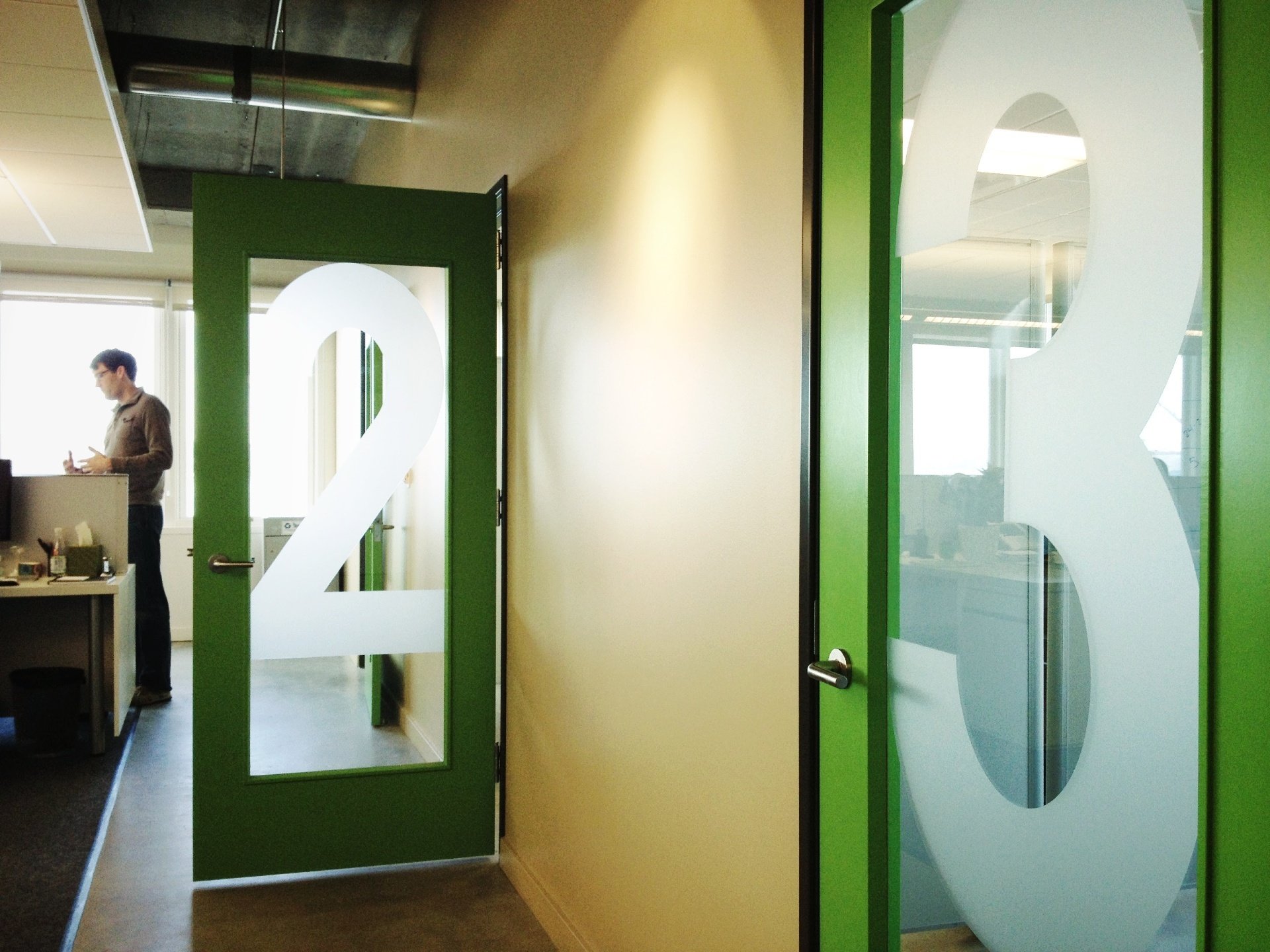
By
Heidi Adkisson
One of the most important parts of planning for any type of user research or usability testing is a clear set of research questions: what do you want to find out as a result of the study? It seems like an obvious step, yet sometimes this is overlooked.
For usability testing, a common starting place for research questions is the most frequent/important tasks or the most risky part of the design. What might be risky? Designs that depart from convention or that represent a major new approach for an existing system. Or, designs that represent brand-new functionality.
Once you define what you want to test, the next step is to determine how to test it—specifically what type of prototype will best answer your research questions. In general, to minimize time, resources, and costs, you should go with the simplest (least expensive) prototyping method that will still achieve your research goals. Let’s take a look at some examples.
Research question
Will users understand what data needs to be entered in this form?
Suggested prototype:
Paper
Paper works well for this because users can enter data right into the paper form with a pen. Using a pen is key so you can capture their cross-outs or other errors.
Research question
Will users understand this navigation scheme? Will they be able to find what they are looking for?
Suggested prototype:
Paper or Simple Click-Through
Again, here paper is a great low-cost solution. Participants point to links on the page that they want to "click" and the human "computer" displays the resulting page. Another solution is a simple PDF click-through prototype created from the paper-based prototype.
Research question
Will users be able to easily manipulate and work with these controls?
Suggested prototype:
Interactive
Sure, it's technically possible to simulate interactivity on paper. But it’s not very realistic. If you want to test the usability of particular controls or other embedded interactivity, spending the time to create an interactive prototype is well worth the investment. Flash is a great tool for relatively quick and easy interactive prototyping.
Research question
How will users respond to the aesthetics and layout of this page?
Suggested prototype:
High-fidelity On-screen
This is not a usability question and is ideally addressed as part of a separate user preference study. It's a common question to want answered when a system is undergoing a major overhaul of its visual design. Here it’s important to use very high-fidelity mock-ups (full color and with all planned graphic design treatments) and to display these mock-ups on-screen. This can be done using static image files – or with some type of basic click-through functionality.
These are just a few simple examples. Actual studies often have more complex research questions that require more thought and planning in terms of the best prototyping approach. The key is to get the right balance between the required "realism" and costs.



